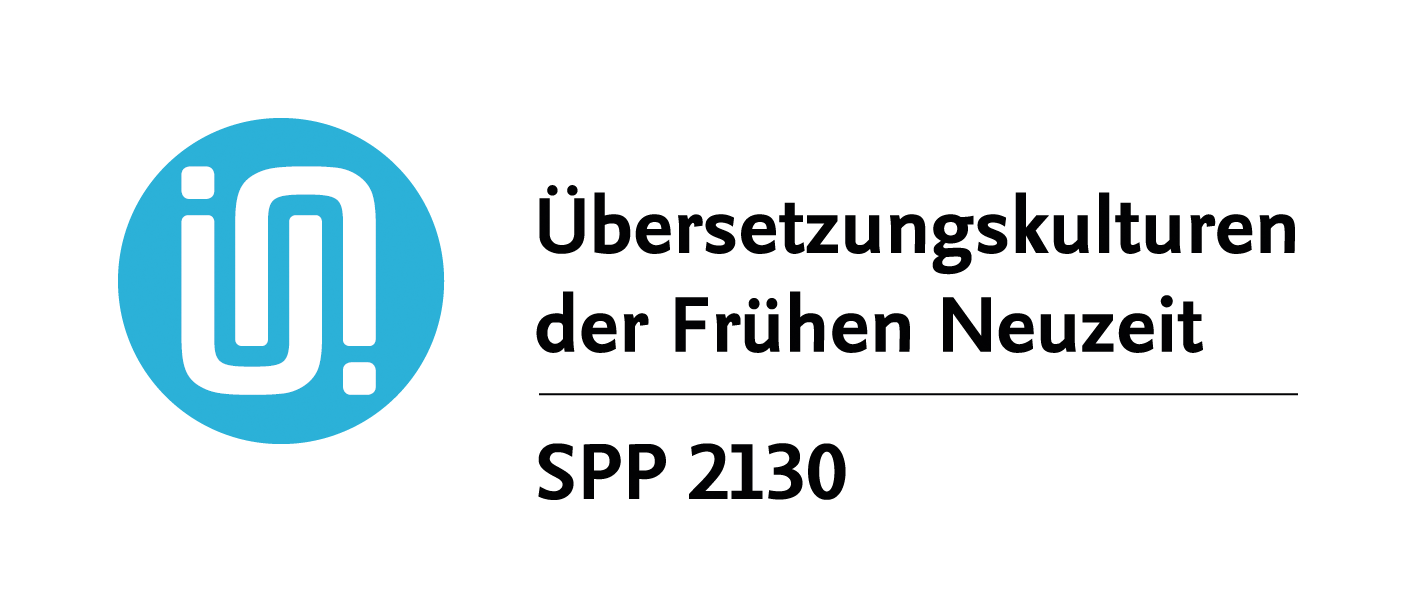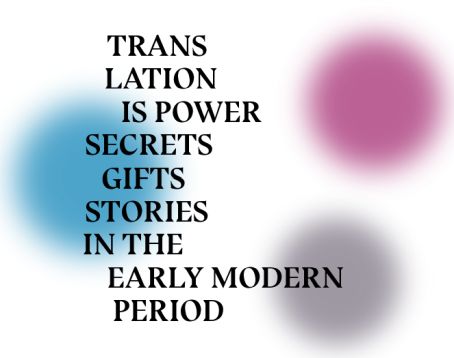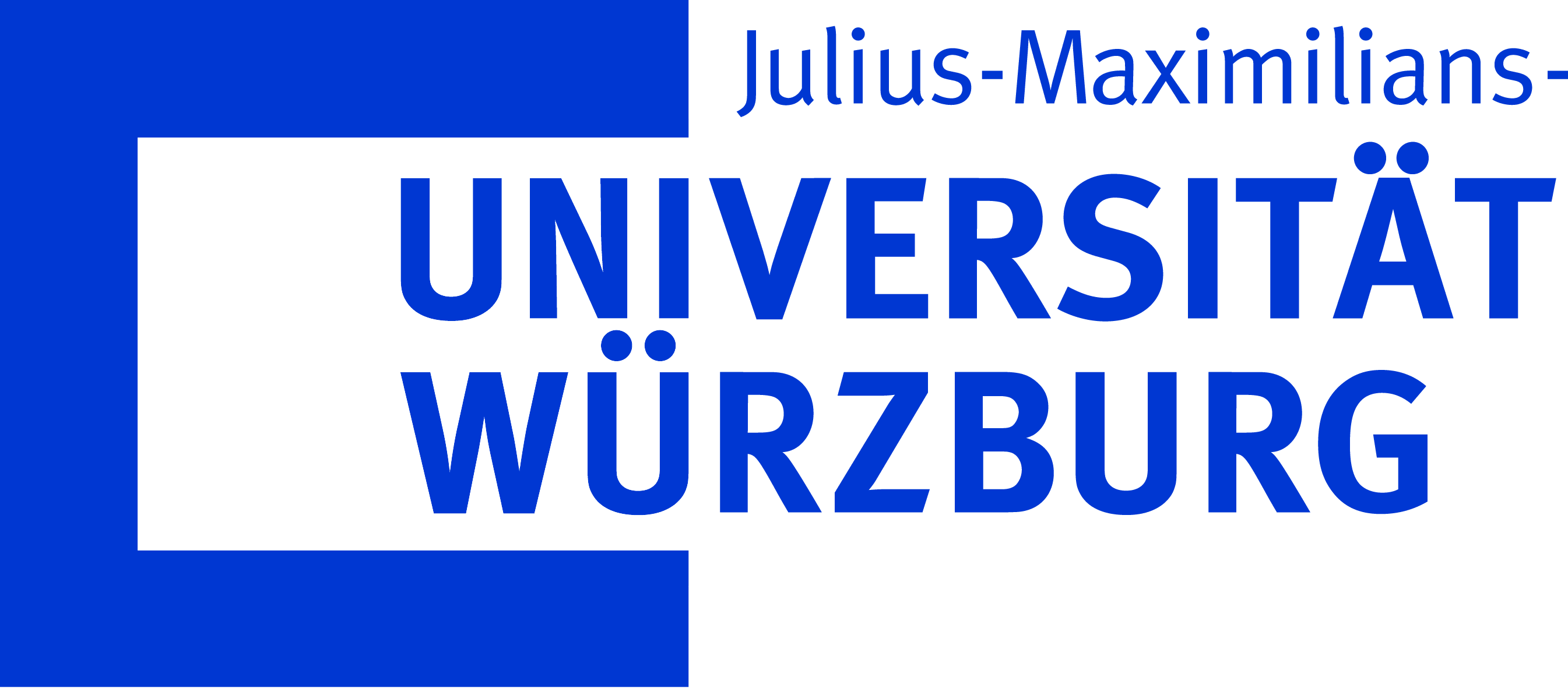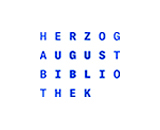Art and Crisis
Art and Crisis
Transnational and Interconfessional Translation Processes in the Visual Arts and Architecture in Great Britain, 1625–1727
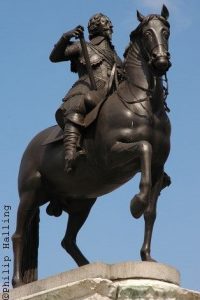
Hubert Le Sueur, 1633.
In the debates over ‘Brexit’, British intellectuals repeatedly emphasise the interconnectedness of Great Britain and continental Europe. The situation in the seventeenth and early eighteenth centuries confirms this by example: in no way can one talk about the ‘splendid isolation’ of the British Isles. This is especially true for the areas of the visual arts and architecture, which in this era were characterised by a high level of exchange with continental Europe. The period under investigation (1625–1727) encompasses a moment in British history that saw a rapid succession of political turning points and confessional conflicts. The aim of the project is to analyse transnational and interconfessional translation processes in the visual arts and architecture along these critical turning points.
The project is located at the University Erlangen-Nuremberg and is divided into two subprojects: Lukas Maier, M. A. focuses on the reign of Charles I and the subsequent phase of the Civil War and Interregnum (1625–1660), while Prof Dr Christina Strunck concentrates on the period 1660–1727, which was marked by the Exclusion Crisis, the Glorious Revolution and the change of dynasty between Stuart/House of Hanover. It will be shown to what extent works of art and architecture not only addressed transnational and interconfessional conflicts, but also sought to resolve these issues through artistic translation and mediation.
Project website at the University of Erlangen-Nuremberg.
Publications (project-related):
